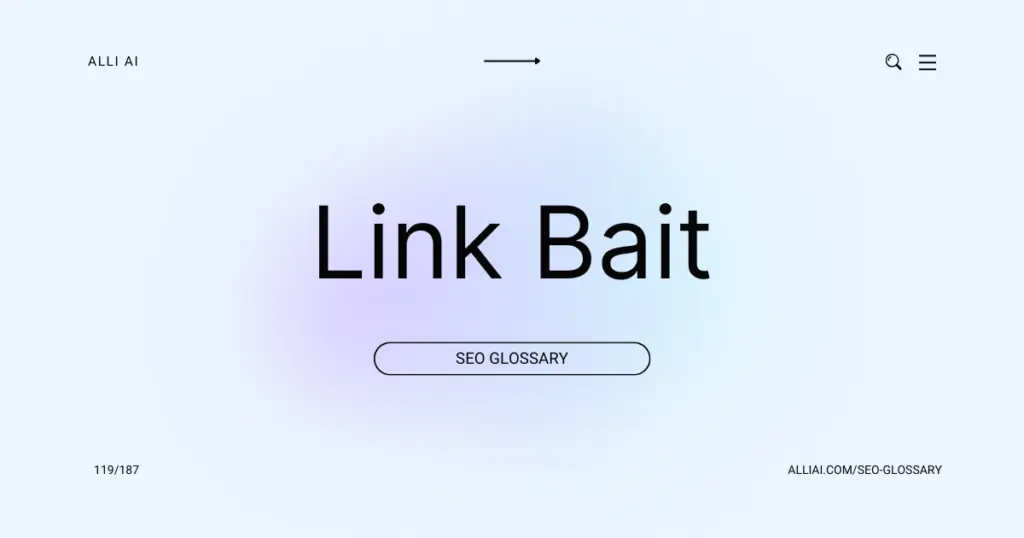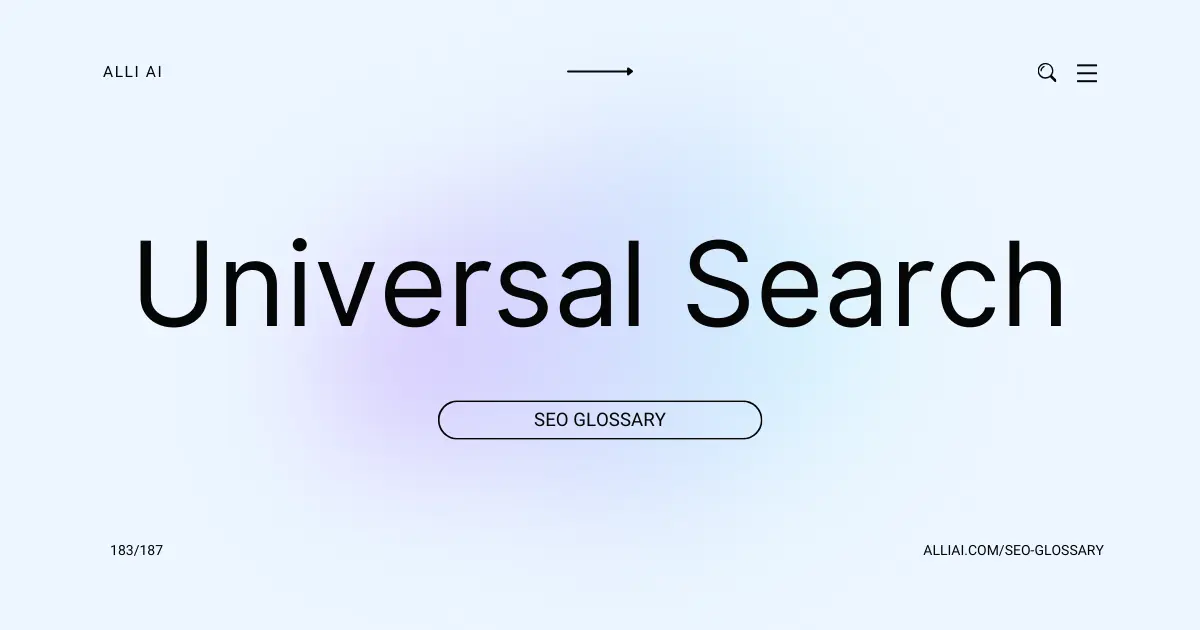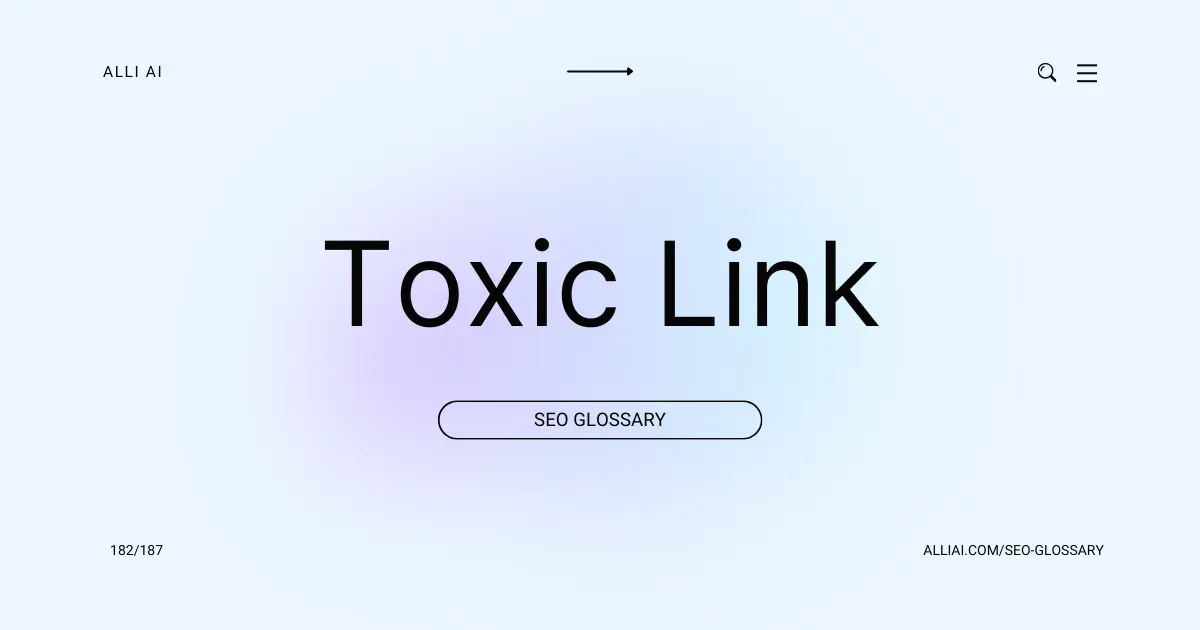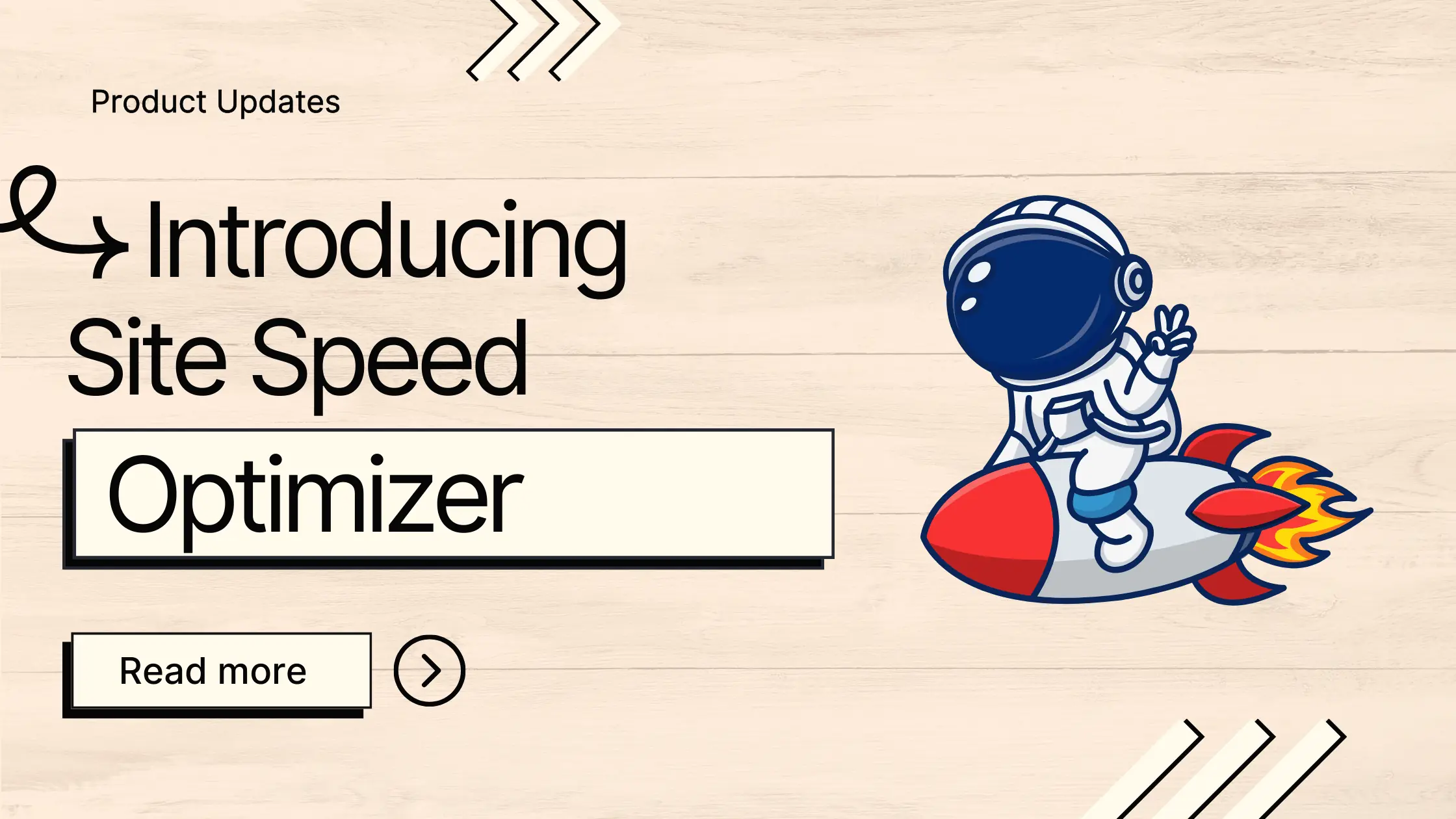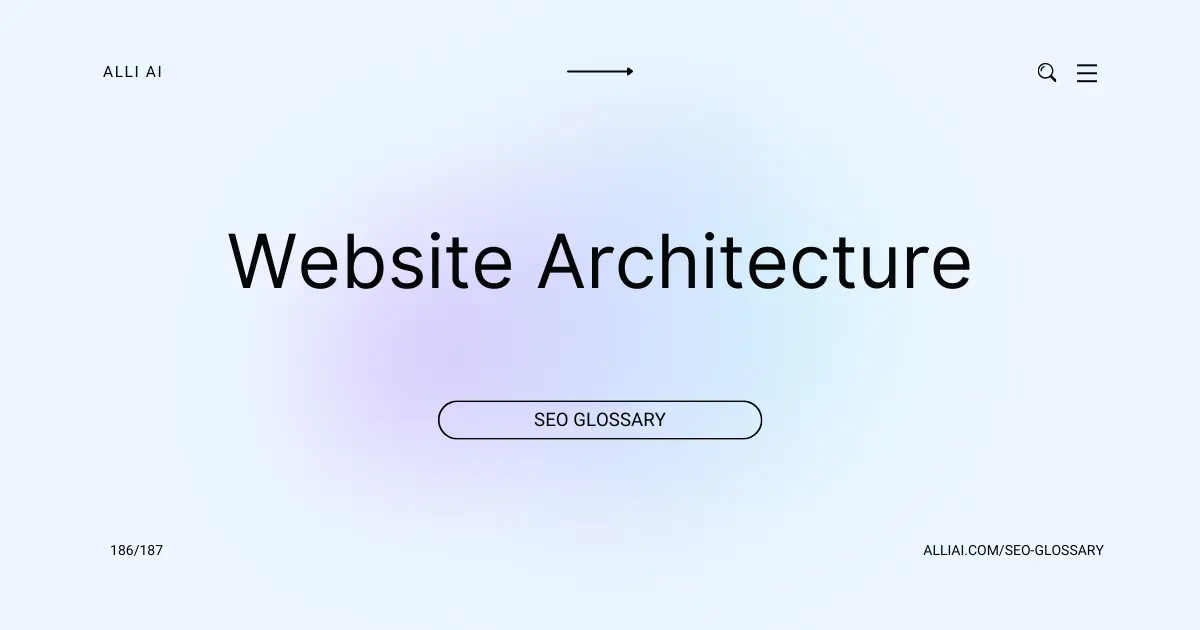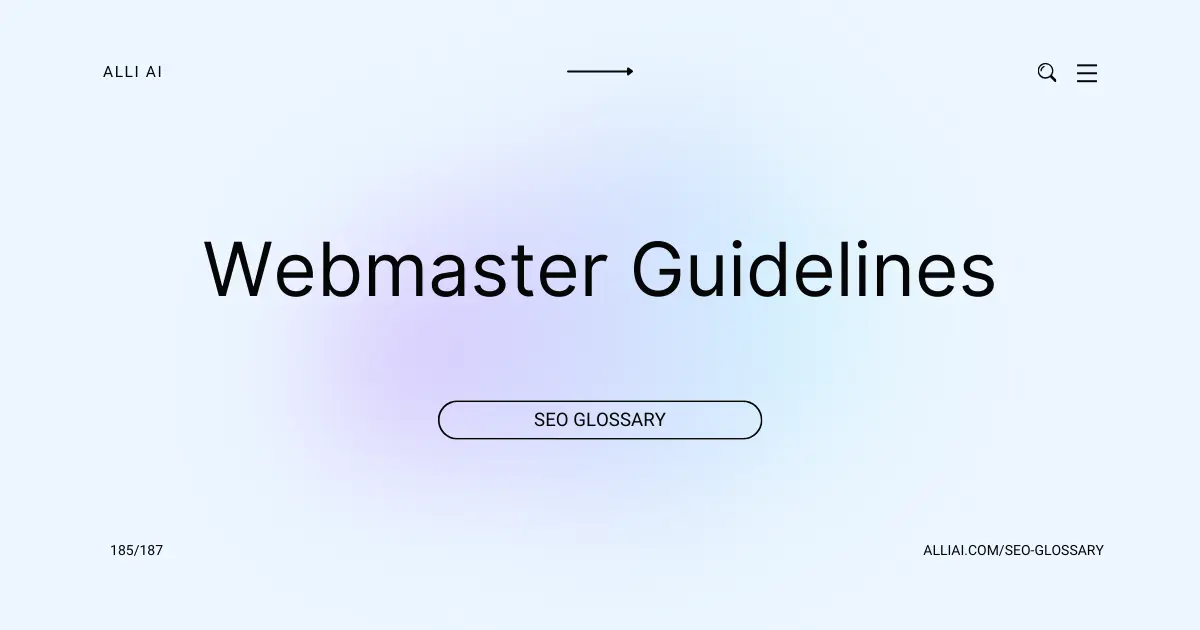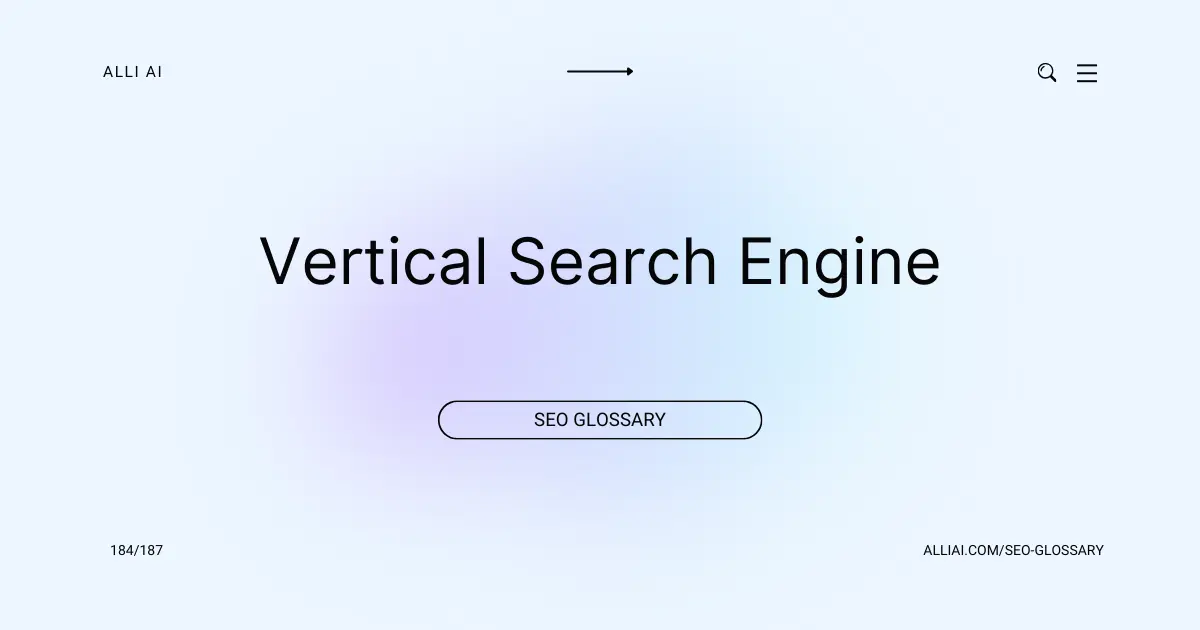What Does Link Bait Mean?
Link bait refers to content on a website that is specifically designed to attract attention and encourage others to link to the website. This can increase the site’s visibility and improve its ranking in search engines. Examples of link bait include high-quality articles, infographics, videos, or anything else that is engaging and provides value, encouraging people to share and link to it.
Where Does Link Bait Fit Into The Broader SEO Landscape?
Link bait refers to content on a website designed specifically to attract backlinks from other websites. It plays a crucial role in SEO as backlinks are a key ranking factor for search engines. Effective link bait content is usually high-quality, engaging, and often informative or innovative, prompting other sites to link to it naturally. This helps in enhancing the site’s authority and can improve its overall search engine rankings, driving more organic traffic. Types of link bait content include viral videos, infographics, comprehensive guides, original research, or interactive tools.
Real Life Analogies or Metaphors to Explain Link Bait
Link bait is like fishing. You create the most alluring bait (your content) to catch the biggest fish (links from other websites). Just as different fish prefer different baits, various audiences will be attracted to different types of content. Your goal is to make your bait so irresistible that many fish can’t help but bite, boosting your website’s visibility and authority in the vast ocean of the internet.
How the Link Bait Functions or is Implemented?
1. Identify a Hot Topic or Trend: Choose a subject that is currently popular or always in demand in your niche.
2. Create Valuable Content: Develop content that is original, informative, and more valuable than what is currently available. Formats can include articles, infographics, videos, or interactive tools.
3. Make the Content Shareable: Ensure the content is easy to share on social media and other platforms with social sharing buttons, and it’s optimized for mobile and fast loading.
4. Promote the Content: Use social media, email newsletters, and other digital marketing strategies to promote your content actively.
5. Reach Out to Influencers: Contact industry influencers who might be interested in your content and encourage them to share it with their followers.
6. Monitor Response and Engage: Keep track of comments, shares, and mentions. Engage with the audience by responding to comments and participating in discussions.
7. Optimize Based on Performance: Analyze the performance and adjust your approach or improve the content based on feedback and engagement metrics.
Impact Link Bait has on SEO
Link bait boosts SEO performance by attracting a large volume of backlinks naturally, which are critical factors for improving a website’s authority and search rankings. Effective link bait content, such as viral videos, infographics, or comprehensive guides, garners attention and encourages sharing and linking by other websites and users on social media. This amplifies referral traffic and enhances user engagement, indicating to search engines that the content is valuable, thereby improving the site’s visibility in search results. Additionally, high-quality link bait can improve user experience by providing informative or entertaining content that keeps users engaged and reduces bounce rates.
SEO Best Practices For Link Bait
1. Identify Trending Topics in Your Niche: Use tools like Google Trends, BuzzSumo, or social media platforms to find topics that are currently popular and relevant to your target audience.
2. Create High-Quality, Unique Content: Develop content that is informative, engaging, and different from what is already available. This could be an in-depth guide, an infographic, a video, or original research.
3. Incorporate Elements That Encourage Sharing: These can include quotable snippets, compelling images, infographics, or interactive elements such as quizzes.
4. Optimize Content for SEO: Use relevant keywords naturally, optimize meta tags (title, description), and ensure the content is easily readable with good structure (using headers, bullet points, and short paragraphs).
5. Promote Content Across All Channels: Share your content on social media platforms, email newsletters, and other relevant online platforms where your target audience is active.
6. Engage with Your Audience: Respond to comments, questions, and feedback on your content across all platforms. Encourage further sharing and discussion.
7. Reach Out to Influencers and Other Websites: Contact influencers and other websites in your niche to share or link to your content. Offer them value in return.
8. Monitor Performance: Use analytics tools to track how your content is performing in terms of traffic, engagement, and links. Adjust your strategy as necessary based on this data.
9. Update and Repurpose Content: Keep the content updated with new information and consider repurposing successful content into other formats (e.g., turning a popular blog post into a video).
10. Repeat the Process: Continuously create new link-bait content following these steps to consistently attract and engage your audience.
Common Mistakes To Avoid
1. Quality Over Quantity: Avoid creating content solely for attracting links without ensuring it is of high quality and informative. Poor quality can damage your reputation and lead to high bounce rates.
2. Clickbait Titles: Using misleading or sensational headlines can attract initial clicks, but if the content doesn’t deliver on the promise, it will harm user trust and your brand’s credibility.
3. Ignoring Audience Relevance: Ensure that your content is relevant to both your target audience and your industry. Irrelevant link bait might gain temporary attention but won’t result in valuable, long-term engagement or links.
4. Neglecting Promotion: Simply publishing link bait content isn’t enough. Actively promote your content through social media, emails, newsletters, and other platforms to maximize its reach and effectiveness.
5. Overuse of Anchor Text: Over-optimizing anchor text can look spammy and lead to penalties from search engines. Use natural, varied anchor text for inbound links to your link bait content.
6. Failure to Update Content: Link bait content can become outdated quickly. Regular updates are necessary to keep the content current and valuable, which encourages more shares and links.
7. Legal and Ethical Considerations: Ensure any data, quotes, images, and other content used in your link bait are ethically sourced and properly attributed to avoid legal issues and maintain credibility.
8. Overdependence: Relying too heavily on link bait can lead to a lack of content diversity. Balance your content strategy with evergreen articles, how-tos, and other informative content that provides ongoing value.
9. Ignoring Analytics: Not using analytics to track the performance of link bait content is a missed opportunity for optimization. Use data to understand what works and refine your strategies accordingly.
10. Neglecting User Engagement: Failing to engage with users who comment or share link bait content can result in missed relationships and reduced impact. Interaction can amplify the positive effects of your content.
